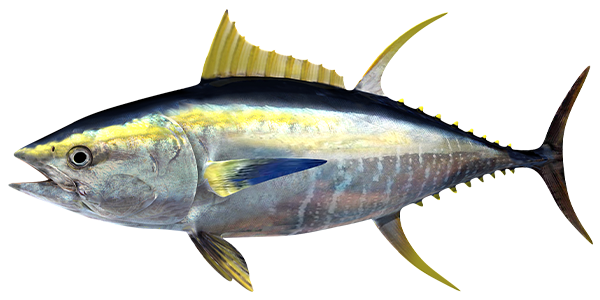
My four cats, including a new family member, Koko, really like tuna in cans. We spent a lot of money to buy a canned tuna brand that they like. It is no surprise that Japanese like fresh tuna to make sushi and other sashimi. As a regular lover of sushi myself, a fresh tuna is a dish to be enjoyed with soya sauce and wasabi.
It was reported by the London Times on January 9th, 2023 that the Japanese had developed a method to determine the freshness of tuna meat. Researchers from Tokai University in Tokyo, in partnership with the major technology company, Fujitsu, have found a way of using ultrasound scanners to check the freshness of frozen tuna., the most popular component of sushi and sashimi.
When commercialized, the new technology will allow a person with a hand-held scanner to grade tuna, a job which is presently done by a relatively small number of experts, using knife, eye and instincts acquired through experience.
Although the Japanese consume less fish than previous generations, they remain the world’s biggest consumer of tuna, eating a quarter of the global catch, mostly raw. Much of it is caught far from Japan and frozen on huge factory vessels, preserving it, but making it difficult to judge its quality before it is defrosted. The flesh of fish left for too long before being frozen loses tenderness.
Until now, the job of grading has been done by cutting of the tuna’s tail and securitizing the exposed flesh and its layers of fat. According to Fujitsu, “cutting the tail of the tuna often damages and ultimately lowers the value of the fish, and the process relies heavily on a limited number of experts to accurately conduct quality inspection”.
A high quality tuna is expensive. At the recent 2023 auction at the Toyosu fish market in Tokyo, a 467-pound fish of the highest quality was sold for 36 million Yen (US$281,000), a valuable fish indeed.
The researchers experimented with scanning frozen tuna using ultrasound , analysing the results using artificial intelligence. Some ultrasound frequencies failed to achieve the desired results. They eventually found that low frequency waves wee reflected back very intensely by the spine of the fish that were past their best.
“By analysing the waveforms using machine learning, we developed the world’s first method to determine the freshness of frozen tuna without the need to cut the product,” the team reported.
“The new technology thus offers a new method to inspect the quality of frozen tuna without lowering its value, and may one day contribute to greater trust and safety in the global distribution of frozen tuna and other food products.”
The scientists’ goal is eventually to develop hand-held tuna scanners that can be used to identify bad fish with more than 70 per cent accuracy. The device may also be able to spot other defects that reduce the value of a fish, such as blood clots and tumours.
The technology has the potential to be sold outside Japan, where demand for tuna is rising. The market research firm Global Information estimates that global tuna sales will grow from $40.7 billion in 2021 to $48.8 billion in 2027.

“In Southeast Asia, it’s common for tuna to be shipped as cheap canned products,” Akira Sakai of Fujitsu Artificial Intelligence Laboratory told the Mainichi newspaper. “The fish is worth four times more when prepared for fresh eating.”